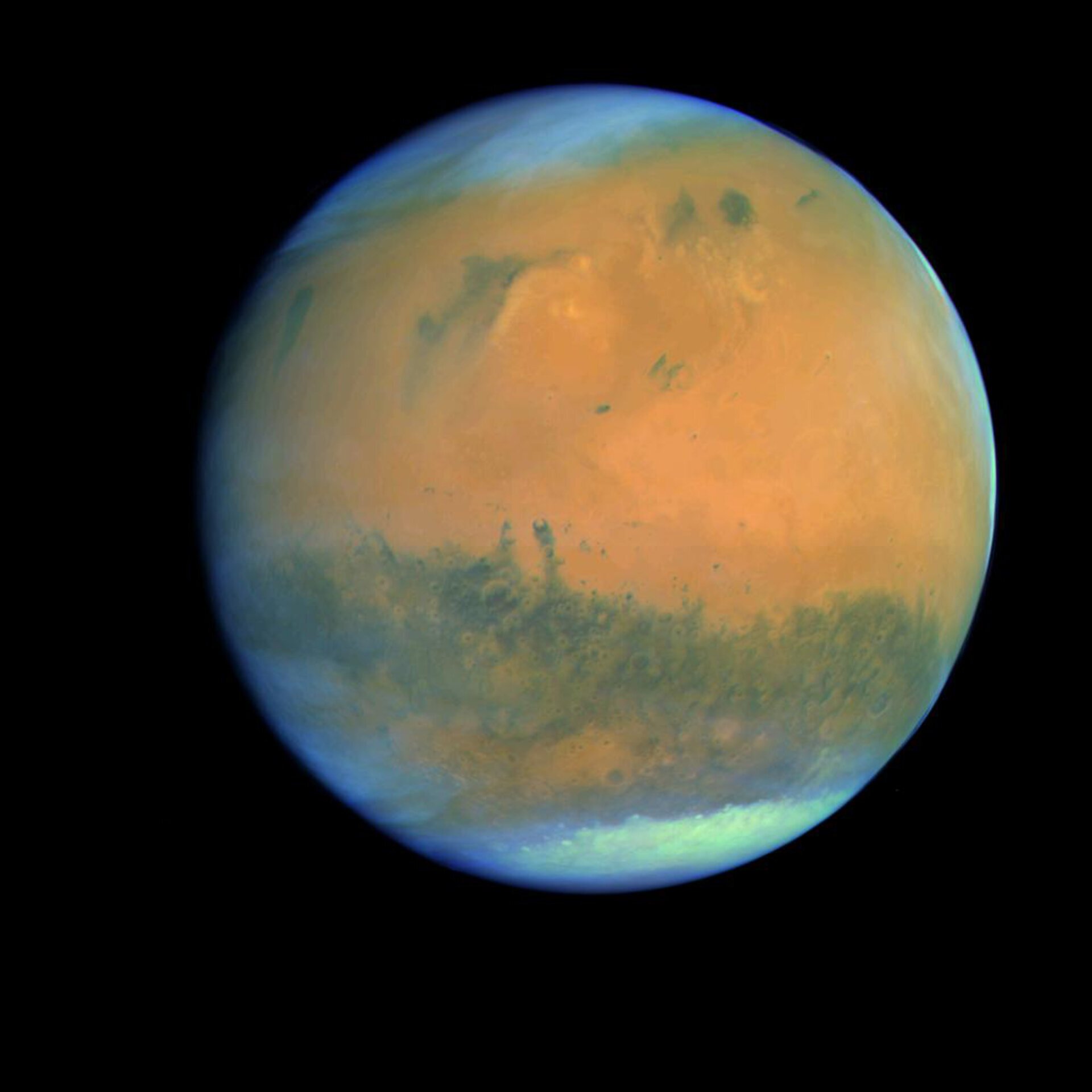- cross-posted to:
- [email protected]
- cross-posted to:
- [email protected]
However, new analysis of spacecraft observations in combination with novel laboratory techniques shows that Mars’s red colour is better matched by iron oxides containing water, known as ferrihydrite. Ferrihydrite typically forms quickly in the presence of cool water, and so must have formed when Mars still had water on its surface.



You know, that is an important clarification, thank you.
The water content in the rust and what that means for the formation conditions are really important and exciting!
I was trying to emphasize that the iron oxide part has been known for millennia. The technique of trying to compare materials based on their color is older than civilization, though our methods have gotten a bit more precise in recent centuries. I was trying to humanize the act of spectroscopy into something most people were familiar with. In doing so, I left out the discovery of water that made this new research so exciting.
The fact that there is also plenty of water in the dust is an important new discovery, both for understanding how the dust formed and for understanding the current water budgets and cycles on Mars. I wonder how easily that water gets exchanged between the dust, atmosphere, and subterranean reservoirs. I wonder how the dynamic distribution of water interacts with Martian weather, including its global dust storms and the large seasonal atmospheric pressure variations.
It’s the ol’ gaussian curve meme: